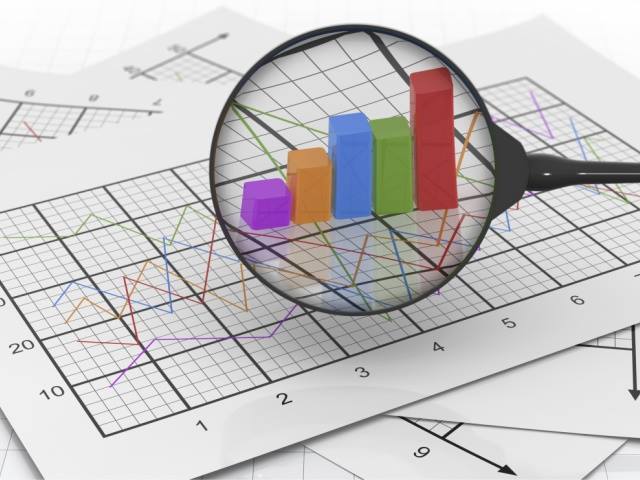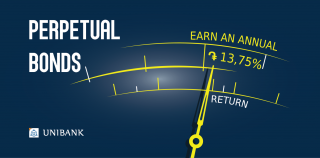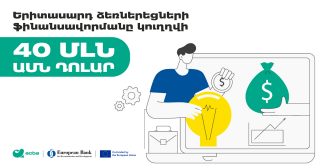
One-Month Joy

Armenia’s Economic Activity Index (EAI) in January 2016 has grown by 5.5% as compared to the same period of previous year. Information is provided by National Statistical Service of the Republic of Armenia published in the report of primary macroeconomic indices.
Basically, it’s a good start for the year. For the interested, it’s worth stating, that in January 2015 (as compared to January 2014) 1.3% EAI growth has been recorded, and in January 2014 the same index was 1.8%.
If we go back, EAI won’t seem so impressive.
The indicator grew by 9.1% in January 2013.
By the highest standards, indices of January are deceptive and conclusions shouldn’t be made on them, i.e. if in January 2016 EAI growth a few times exceeds the index for January 2015, this doesn’t mean at all, that current year will be more successive, than 2015.
Statistics of the previous years are a proof to that. Not going too far, we recorded 4.4% growth in January 2012, and concluded the year with GDP growth by 7.2%. Next year’s (2013) EAI grew by 9.1%, thus, GDP annual growth lingered up to 3.3%.
With all these, to some extent they show the dynamics of economic processes.
For instance, it’s observed from indices of January, that trade turnover continues to fall. Trade turnover for this January comprised AMD 117.9 billion, which is lower by 2.7% from the index for 2014.
Moreover, base indicator for January 2015 was low as well. Trade turnover in January decreased by 7.4%, as compared to the same period of the previous year. This means, there is serious ground to be concerned.
Moreover, negative dynamics is maintained in foreign trade turnover as well, in particular, regarding import. Thus, RA foreign trade turnover in January 2016 comprised USD 242.4 million. This is lower by 13.8% from the indicator for 2015. Also import volume has been reduced by 22.2% and comprised USD 153.2 million. In case of export, vice versa, 5.6% growth has been recorded (volume-USD 89.2 million).
It’s worth touching upon separate fields as well.
By growth, index industry is in leading position. This January (as compared to January 2015) volume of the field production grew by 15.7% and comprised USD 94.9 billion.
Fields of construction and service equally recorded 5.1% growth. However, production volumes are quite different. Construction volume in January 2016 in total comprised AMD 8.2 billion, meanwhile field of service provided AMD 89.2 billion production.
Champion of 2015—agriculture, which recorded a double-digit growth previous year, has more modest indicator for January. Production in the field of agriculture grew just by 1.5% as compared to the same period of the previous year, and comprised AMD 16 billion.
Like in case of EAI, conclusions and anticipations shouldn’t be made on indices of separate fields in January. In brief, index for January should be accepted as it is.
Finally, it’s noteworthy touching upon statistics of salaries and prices.
Average monthly nominal salary in January 2016 comprised AMD 179.3 thousand. In comparison with January 2015, it increased by 3.5%, however, as compared to December, it reduced by about 20%.
Average monthly salary of public sector yearly grew more, than in the private one. Thus, average salary in public sector in January 2016 was AMD 162 340, increased by 4.7% as compared to January of the previous year. Average salary of private sector yearly grew by 1.8%, but with its level considerably exceeds public sector (monthly AMD 202 863).
Surely, salary growth isn’t influential though. However, on the other hand, official statistics states, that consumer prices have gone down. Thus, on 12-month basis (January 2016 in comparison with January 2015) consumer prices reduced by 0.4%.
So, that according to indices, purchasing capacity of employees recorded a growth in January.
By Babken Tunyan























